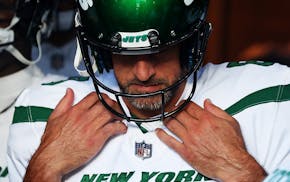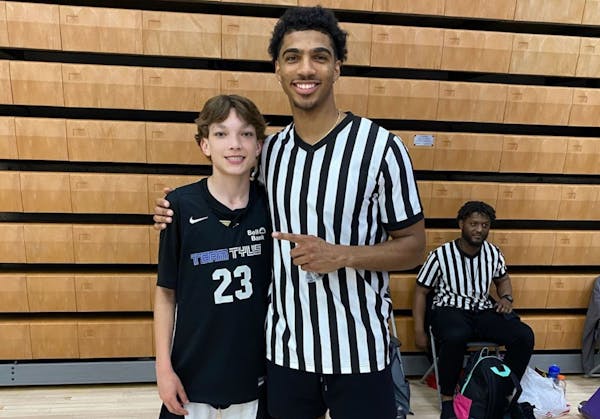Robert Bruininks had a favorite quip about how his job performance as president of the University of Minnesota got analyzed and scrutinized by the public.
"Each and every day I was evaluated more for the success of our entertainment programs than I was for the academic mission purposes and activities," he said this past week.
By entertainment he meant athletics. It was his standard one-liner coated in some reality.
The next U president might want to borrow his line. The gist will never grow stale.
The school is in the market for a new president following Joan Gabel's departure to become the chancellor at Pitt. Not immediately, since the Board of Regents recently installed an interim president, former Hormel CEO Jeff Ettinger, who is expected to serve for about a year.
The search for a permanent candidate will and should put academia as the top priority. That goes without saying. The person tabbed for the job also better come with an understanding that college sports are changing at the speed of the Indy 500.
The hiring committee might want to include a few questions about that during the interview process. Because as Bruininks and every Gophers president before and after him can attest, the job often thrusts them into the public spotlight to answer for something related to athletics.
"It's a big part of one's responsibility," said Bruininks, who held the post from 2002 to 2011. "It's not the only part and it's not the major part, but it's a very significant, high-visibility part of the role and responsibilities of a chief executive at the University of Minnesota."
The college sports landscape during Bruininks' time is like a barely recognizable "before" photograph now. Conference realignment, billion-dollar media rights contracts, NIL (name, image and likeness) legislation and the transfer portal have overlapped to create a new ecosystem.
USC and UCLA will be Big Ten members when the new Gophers president takes office, and rest assured that expansion isn't stopping there. The conference likely will add more schools.
Change is happening so quickly and so dramatically that no scenario seems beyond the realm of possibility. Nobody should be surprised if a few super-conferences form and break away from the NCAA in favor of autonomy.
Big Ten presidents are certain to face big-ticket decisions that will shape how college sports look and operate. The next U president will jump into that fire.
On a micro level, a university president is charged with setting a tone and vision on campus in all areas. Athletics included.
College sports are hailed as the front porch to a university, and that porch attracts the most attention, the most passion and the deepest connection between students and alumni and the university. School presidents often find themselves standing on that porch, in prosperous times and in crisis.
Bruininks called it "nearly inevitable" that the new president will face some sort of major event in athletics based on history.
Kenneth Keller had a men's basketball scandal in the mid-1980s.
Mark Yudof had the men's basketball academic scandal in the late 1990s.
Bruininks' term included the fight to secure an on-campus football stadium.
Eric Kaler had the Norwood Teague fiasco.
Joan Gabel's short tenure coincided with the pandemic and the Big Ten's contentious handling of athletics during that time.
That's one example each. There could be a list of these created for each U president. In other words, there is no autopilot setting here.
"[Athletics] plays a bigger-than-life-sized role in the public perception of the university," Bruininks said. "But it is a big responsibility, and it has to be managed along with all the other issues that are front and center."
Those issues probably feel endless most days as the top leader of a Big Ten university. Handling matters related to athletics is a visible part of the job, whether a president feels comfortable in that space or not. A spotlight always shines on the front porch.
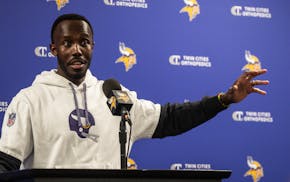
Vikings GM talks to the Star Tribune about the team's 2025 outlook, McCarthy's trajectory
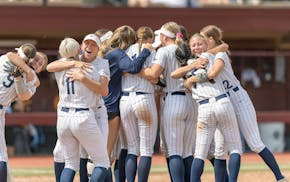
Champlin Park turns a big moment into the Class 4A softball championship
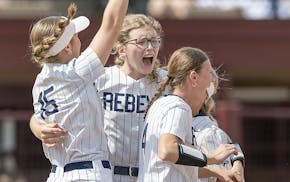
Softball state tournament: Champlin Park completes run to Class 4A title

Twins call up pitching prospect Travis Adams to bullpen
